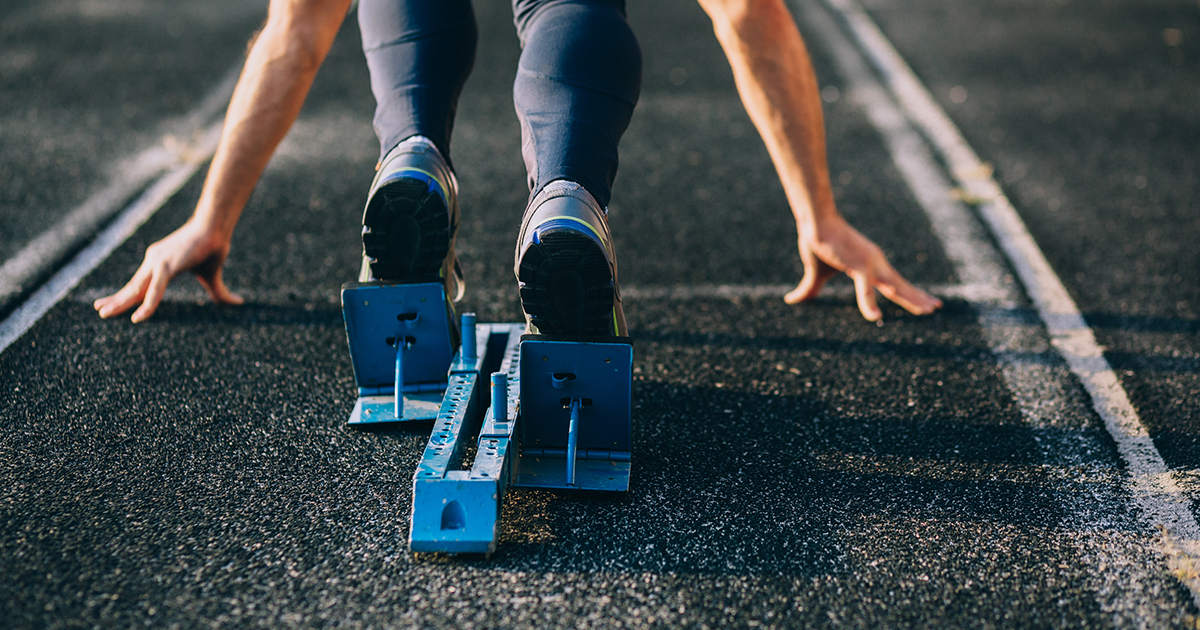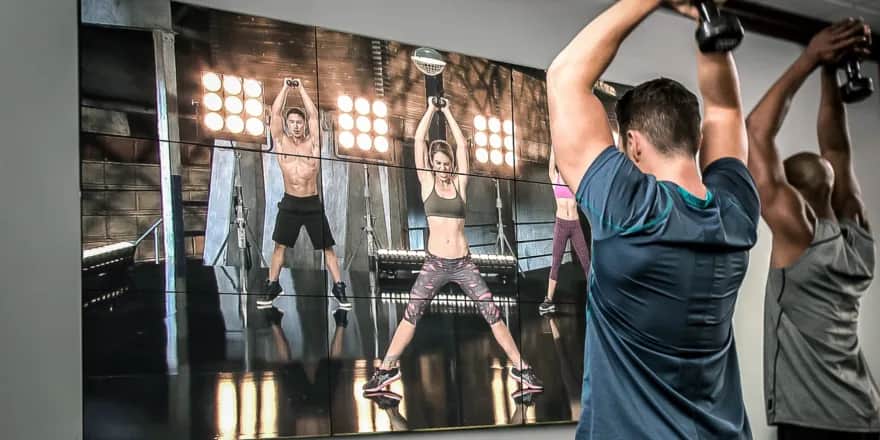

Four Training Lessons from Tokyo 2020
Tokyo 2020 was packed with amazing athletic performances, big wins and surprises. But maybe one of the biggest takeaways for anyone watching and assessing their own workout programs or fitness goals is a renewed sense of inspiration. That doesn’t mean getting on a podium in four years (or ever), but taking in a few key lessons from watching the world’s best athletes do their thing can help us all double down on determination in the club.
Build Slow and Strong
A busy week with work, kids or other commitments can keep many of us from exercising as much as we’d like – or even from getting to the club. When you miss a class or more during the week, the tendency is to go all out at the weekend and try to make up for lost ground. But too much intense exercise in a short period of time can damage muscles, put you at risk of injury and set you back in your progress. Olympians know working out every day with proper rest and recovery periods built into their schedule and a good night’s rest can keep them working out more efficiently throughout the week. You don’t need to crank out 4-6 hours in the pool like Caleb Dressel or in excess of 35-45 hours a week that US gymnasts like Simone Biles manages. But a 60-minute higher intensity cardio class three times a week, plus daily stretching and 10-30 minutes of moderate, heart rate raising activity will make your workouts efficient and smart like an Olympian if not as intensive.
Know Your Body, Feed it Well
Elite athletes know their bodies well. They understand their limits and train to be able to reach and push them. We’re not looking for extreme performance, but it’s a good lesson to know your ability level and train accordingly. Just as it is, to recognize the signs of over-use and rest when it’s needed. Efficient, smart and fuel-rich nutrition for both workouts and recovery is an essential part of staying injury-free. Just as you plan workouts and classes for the week ahead, plan the meals, snacks and hydration your body needs to perform well and stay strong. Eat a light meal before you work out. Good options include a whole grain bagel, low fat yoghurt or whole grain cereal with banana. Plan to drink 20-30z of water two hours before you work out and another 8oz right before you work out for optimal hydration. Immediately after exercise re-hydrate but also re-fuel with low-fat chocolate milk, a fruit smoothie, banana or peanut butter sandwich.
Cross Train for Performance and Strength
Getting stuck in a rut with exercise is the fastest way to boredom and workout failure. Adding other activities and types of workout to your weekly routine keeps your mind as well as your body engaged. It also helps to isolate and work on different muscle groups and gives you an overall, all-body level of fitness that will help with your chosen, preferred class or workout. Olympic coaches know the benefits of cross training better than anyone: mixing specialty athlete workouts with resistance and weight sessions to build muscle and other exercises that focus, in turn, on different muscle groups to help prevent over-user injuries that can occur when you work out only in one way. Of course, it’s not easy to schedule a variety of live fitness classes at the club, so use on-demand classes and digital, instructor-led workouts to build more varied cross-training options into your schedule whenever it is most convenient.
Rest and Recovery for the Long Haul
All athletes value rest days, down-time and off-hours to recuperate from competition or intensive training. During rest days the body adapts to the stress of exercise and training. Muscle glycogen (energy reserves) are replenished and muscle fibers are repaired. Think about recovery in two ways: short term – an immediate light exercise to cool down after intense training, competition or workouts. And longer term, which may include days or weeks to rest combined with stretching or even physical therapy in the case of over-use. However, you need to recover remember good quality sleep is essential to helping your body recover, heal and repair for the many workouts ahead.

Author
